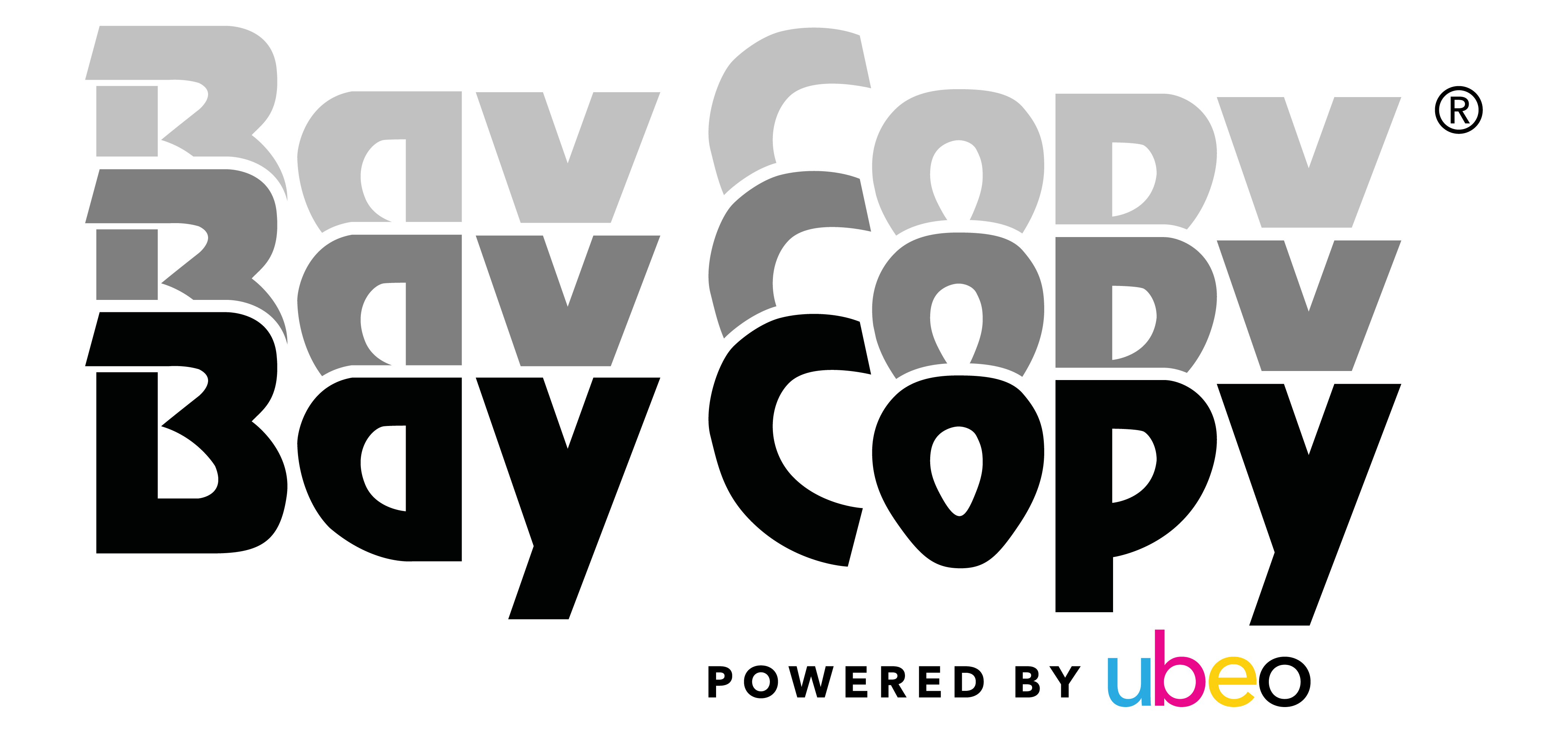The Challenge
Imagine financial reports, salary reviews, budgets, bank statements, contracts, or corporate restructuring plans falling into the wrong hands. The results could be disastrous, both financially and legally. Keeping confidential materials out of the wrong hands is a concern faced by all organizations, public-sector and private, regardless of size, line of business or number of employees.
As internal corporate networks and the Internet have grown, they have evolved simultaneously into a fertile ground for legions of hackers, crackers, disgruntled employees, and others who are, at best, merely gaining access to unauthorized data purely for sport, or, at worst, bent on criminal action. Indeed, it is with almost mind-numbing regularity that we read news accounts reporting the outright theft or malicious alteration of financial or medical network-based data.
Given that cyber-intrusion occurs and that the pilfering of data streams can never be prevented completely, the logical course of action is to make these data streams useless to prying eyes. The technique is a model of simplicity: scramble the data at its point of origin and descramble it at its destination. Banks long ago adopted this approach, ensuring that customers’ account numbers, balances and PINs are never exposed “in the clear” as their ATM transactions travel between a remote teller machine and the faraway mainframe computer on which the card holder’s account resides.
Download Full Whitepaper: Lexmark PrintCryption Card Assures Security of Confidential Print Jobs
